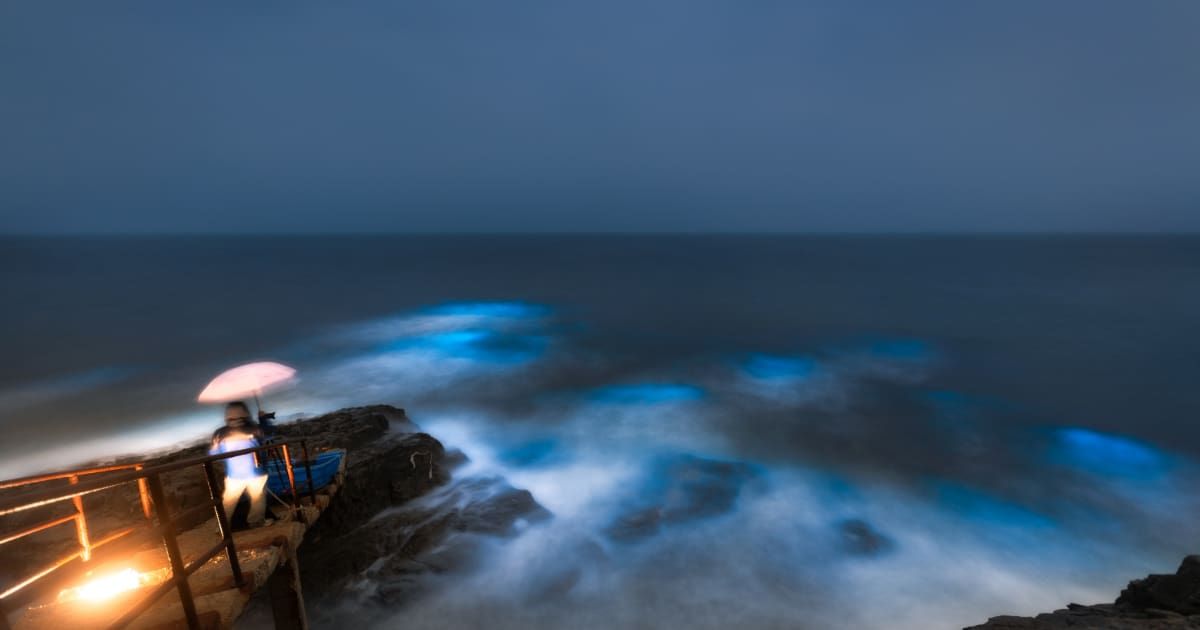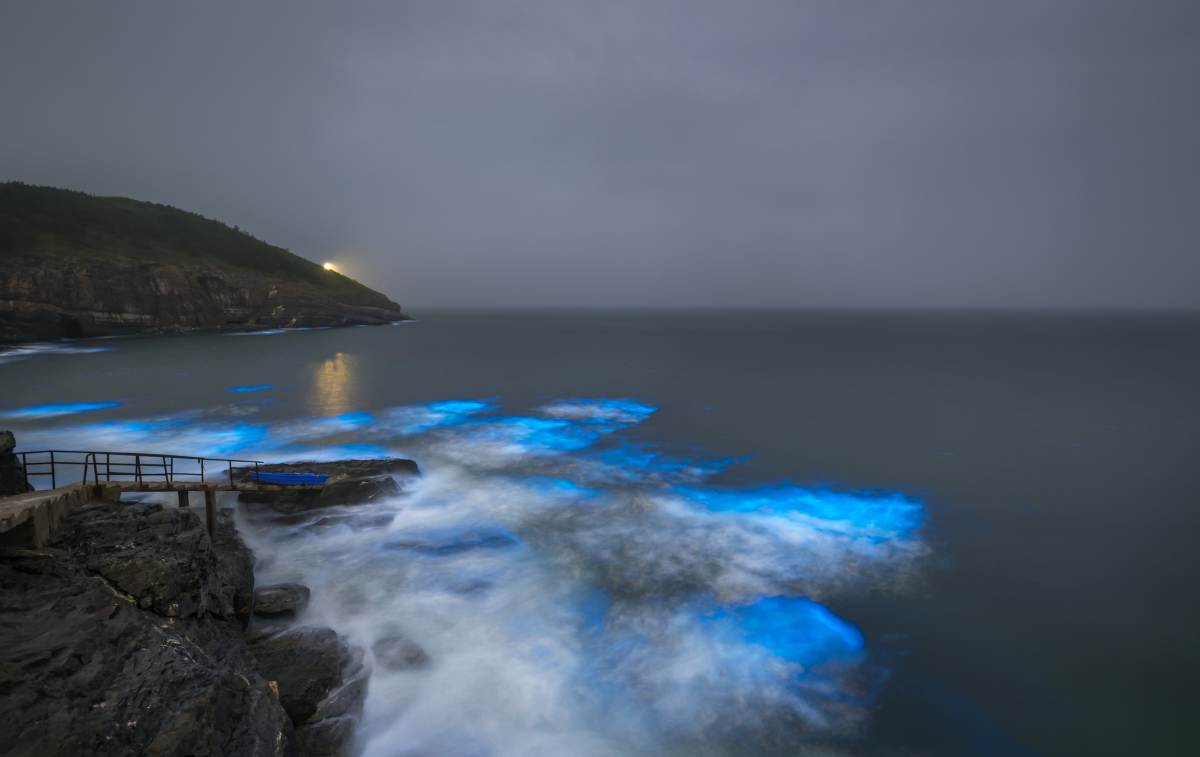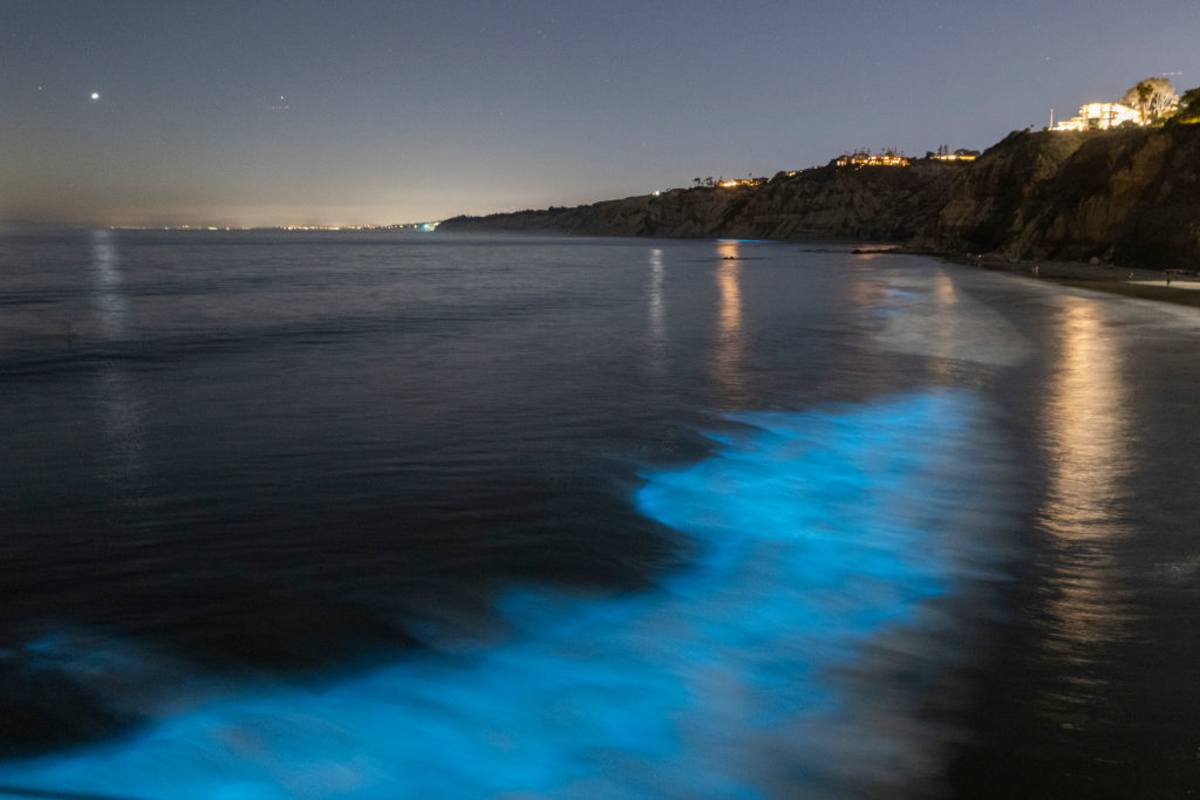Sailors Have Been Puzzled by Glowing ‘Milky Seas’ for Years — but Science Finally Has an Explanation

All across the world, nature surprises us with several breathtaking phenomena, many of which the scientists are still trying to fully understand. While some of these wonders last for just a few moments, others persist for days, weeks, or sometimes even years. This proves that Earth is full of mystery. One such rare and mysterious natural phenomenon is 'milky seas,' which is a type of bioluminescence. This turns the vast stretches of the ocean into a glowing and ghostly expanse, and has confused the sailors for several years. However, its cause remained unknown until now.

A pair of Colorado State University researchers, Justin Hudson and Steven Miller, analyzed everything from newspaper reports to satellite images and came up with one of the world's largest databases of the glowing milky seas. Their work was published in the journal Earth and Space Science. In their study, the researchers claim that eyewitnesses, especially sailors, have described the sight as drifting over a moonlit snowfield, or even a scene from a biblical apocalypse. One of the eyewitnesses was Second Officer J. Brunskill of the SS Ixion, who witnessed the rare phenomenon while sailing through the Arabian Sea.

He said, “The sea from horizon to horizon in all directions took on a phosphorescence glow, not brilliant, but a definite glow similar to the glow of a luminous watch. The moon had just set, and the whole sea was several shades lighter than the sky." It was also revealed that the rare sightings often occur in the Northwest Indian Ocean, accounting for about 62% of the total sightings, while around 19% are observed in the Maritime Continent Region. In 1985, a research vessel also witnessed this and collected water samples.
They discovered the presence of a bacterium called Vibrio Harveyi, which they suspected could be responsible for the glowing effect, as reported by National Geographic. However, Hudson and Miller came up with a possible link between milky sea formation and large-scale climate patterns. Hudson explains that during summer, after La Niña, milky seas are more frequent. On the other hand, in winter, they tend to peak when the Indian Ocean Dipole is in its positive phase. Hudson also thinks that milky seas could be influenced by the monsoon season.
It is because these seasonal storms bring deep, nutrient-packed waters to the surface. He further said that since milky seas are so rare, studying them was extremely challenging. This is because one can’t just sit in a boat out there and wait for the phenomenon to occur. He further said, “Milky seas could be a sign of something like a very good, healthy ecosystem. They could be a sign of an unhealthy ecosystem, and we just don’t know.” As reported by CNN, Hudson concluded, "I hope that with this database … more people will be able to start studying ‘milky seas’ and start unraveling this mystery that’s been around for centuries."
More on Green Matters
Sailors Who Witness Northern Lights at Sea Reveal the Unsettling Thing They Notice: "It's Loud..."
Divers Stunned After Spotting a Giant Glowing Blob of Baby Squids Near WWII Shipwreck
Experts Warn If You Ever Notice This Strange Sign in the Ocean — You Should Get Out ASAP